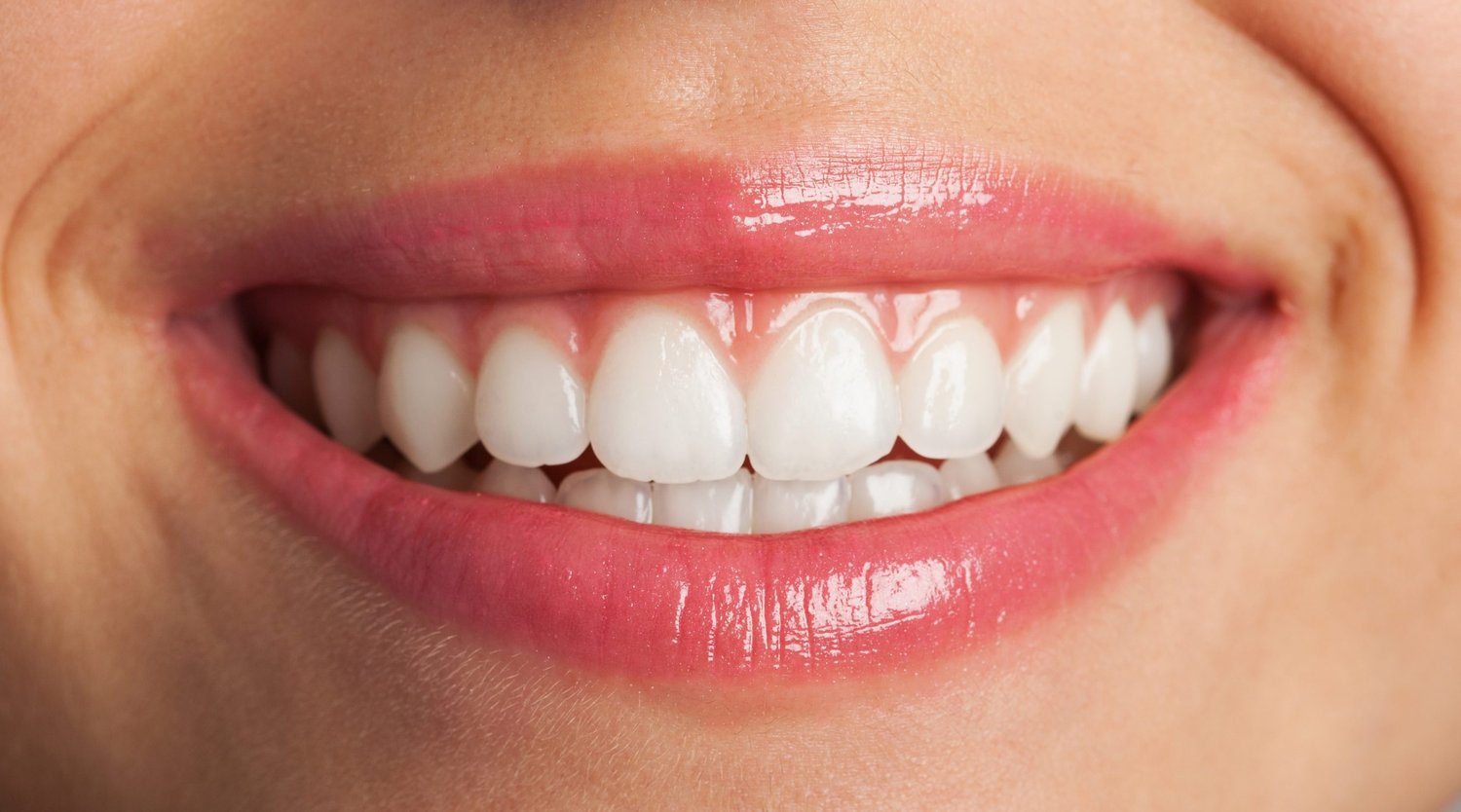Gum depigmentation has become a popular cosmetic dental treatment, especially for those looking to enhance the appearance of their smile. In places like Dubai, where aesthetic dentistry is highly sought after, Gum Depigmentation In Dubai is gaining attention as a safe and effective option to remove dark pigmentation on the gums. However, despite its popularity, many myths and misconceptions surround this procedure. This article aims to debunk the top 7 myths about gum depigmentation to help you make an informed decision.
Myth 1: Gum Depigmentation Is Painful:
Many people believe that gum depigmentation is a painful procedure. However, this is far from the truth thanks to advancements in dental technology.
- Most procedures use local anesthesia to ensure minimal discomfort
- Laser depigmentation techniques reduce pain and promote faster healing
- Patients typically experience only mild soreness post-treatment
- Modern dental clinics prioritize patient comfort throughout the process
Myth 2: Gum Depigmentation Is Only for Cosmetic Reasons:
While gum depigmentation is primarily a cosmetic treatment, it can also have psychological benefits that improve overall well-being.
- Boosts self-confidence and reduces self-consciousness about gum color
- Helps patients feel more comfortable smiling in social or professional settings
- May encourage better oral hygiene habits due to increased smile awareness
- Some pigmentation can be linked to underlying health issues, requiring evaluation
Myth 3: The Results Are Temporary:
A common misconception is that gum depigmentation results do not last long, requiring frequent treatments.
- Many patients enjoy long-lasting results lasting several years
- Proper oral hygiene and lifestyle habits help maintain the outcome
- Smoking and certain medications can cause pigmentation to return sooner
- Follow-up treatments are rarely needed if aftercare is followed correctly
Myth 4: Only Lasers Can Be Used for Gum Depigmentation:
While laser treatments are popular, other effective methods exist to treat gum pigmentation.
- Surgical scraping is a traditional method still used in some cases
- Chemical peeling can be applied for mild pigmentation removal
- Choice of technique depends on the pigmentation depth and patient preference
- Experienced dentists tailor treatment plans to individual needs
Myth 5: Gum Depigmentation Is Unsafe:
Safety concerns often deter people from considering gum depigmentation, but the procedure is generally safe when performed by qualified professionals.
- Clinics offering gum depigmentation in Dubai follow strict hygiene protocols
- Laser treatments minimize tissue damage and reduce infection risk
- Side effects are rare and usually mild, such as temporary redness or swelling
- Patient screening ensures suitability and reduces complication risks
Myth 6: Gum Depigmentation Is Only for Dark-Skinned Individuals:
While gum pigmentation is more common among individuals with darker skin tones, people of all ethnicities can benefit from depigmentation.
- Pigmentation varies widely and can affect anyone due to genetics or lifestyle
- Treatment options are effective across all skin types and pigmentation levels
- Customized approaches ensure natural-looking results for every patient
- Aesthetic goals vary; some seek uniform gum color regardless of pigmentation degree
Myth 7: The Procedure Takes a Long Time to Heal:
Many potential patients worry about lengthy recovery times after gum depigmentation, but healing is typically swift.
- Laser treatments promote quicker tissue regeneration compared to surgery
- Most patients return to normal activities within a few days
- Minor sensitivity and swelling subside quickly with proper care
- Follow-up visits ensure healing progresses smoothly
Final Thoughts:
Understanding the facts behind gum depigmentation is crucial before deciding on treatment. Many of the common myths around this procedure are outdated or simply untrue. With modern techniques and expert care, gum depigmentation in Dubai is a safe, effective way to achieve a brighter, more attractive smile. If you’re considering this treatment, consult with a qualified cosmetic dentist to receive personalized advice and dispel any remaining doubts.

